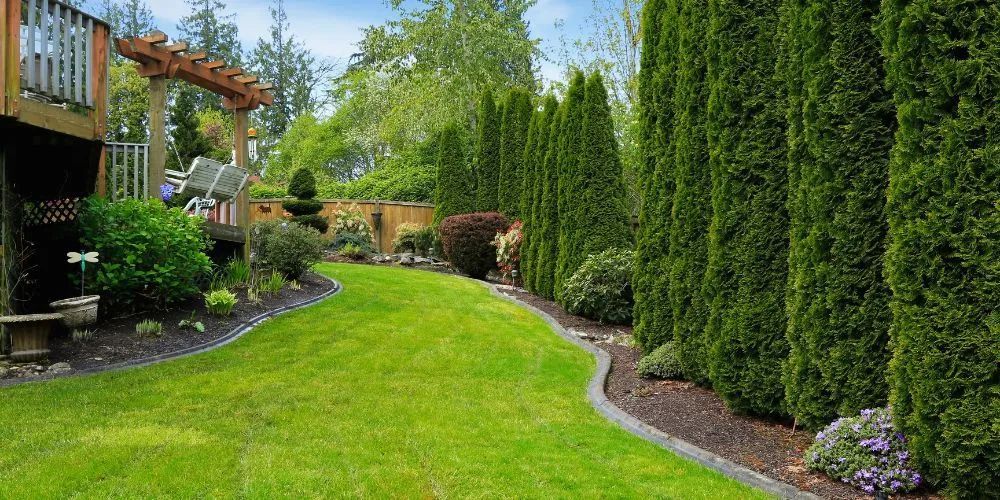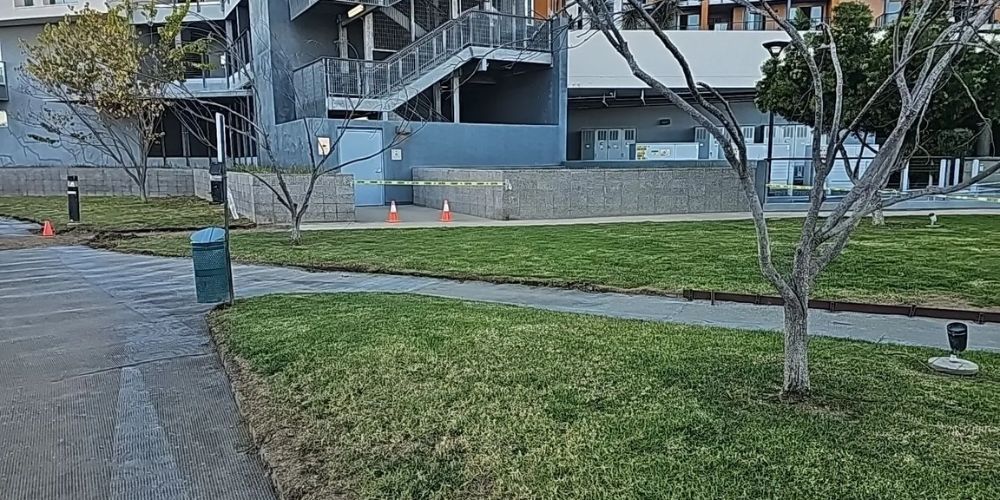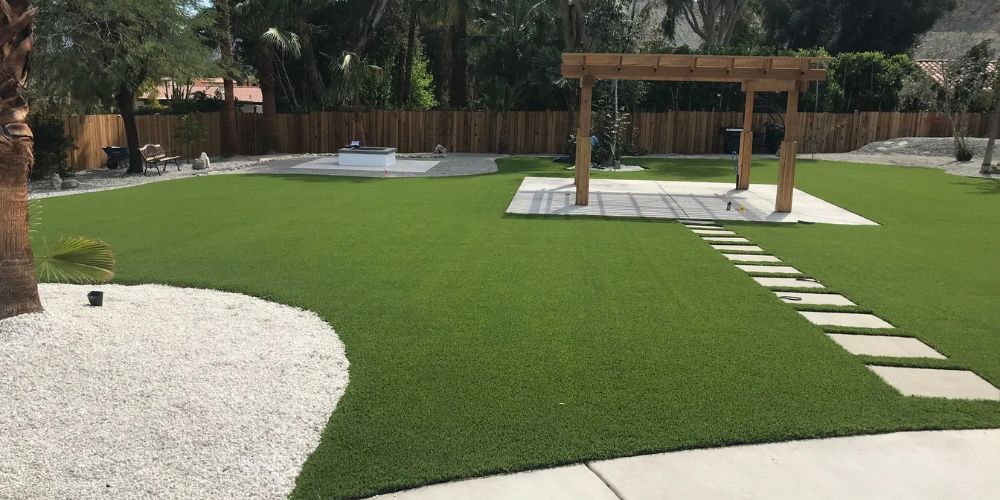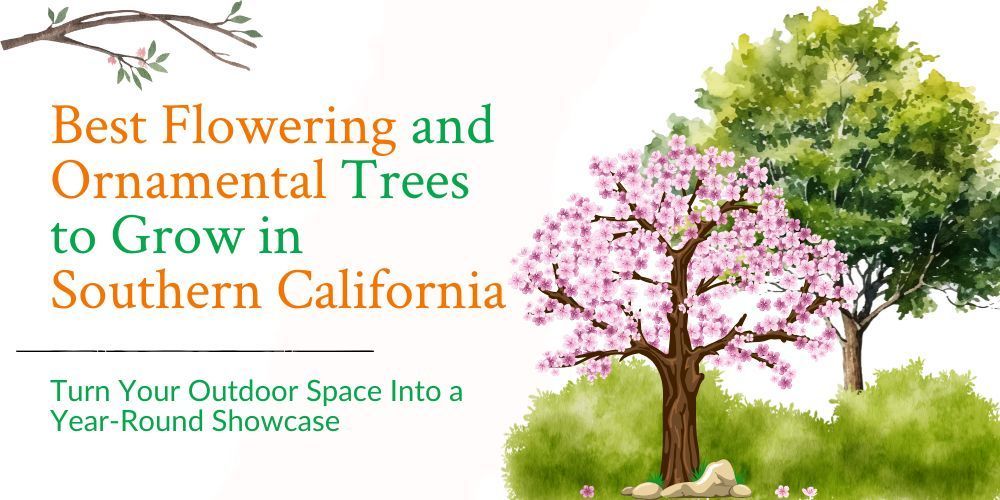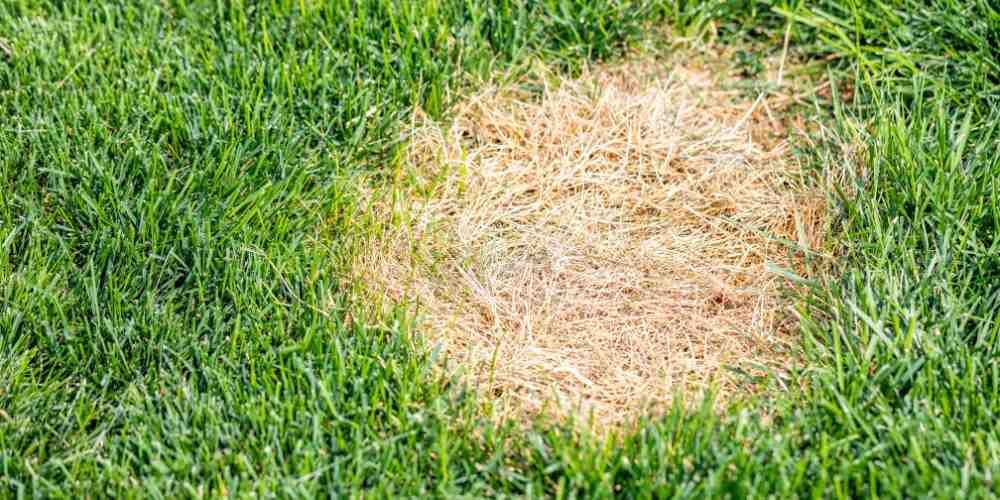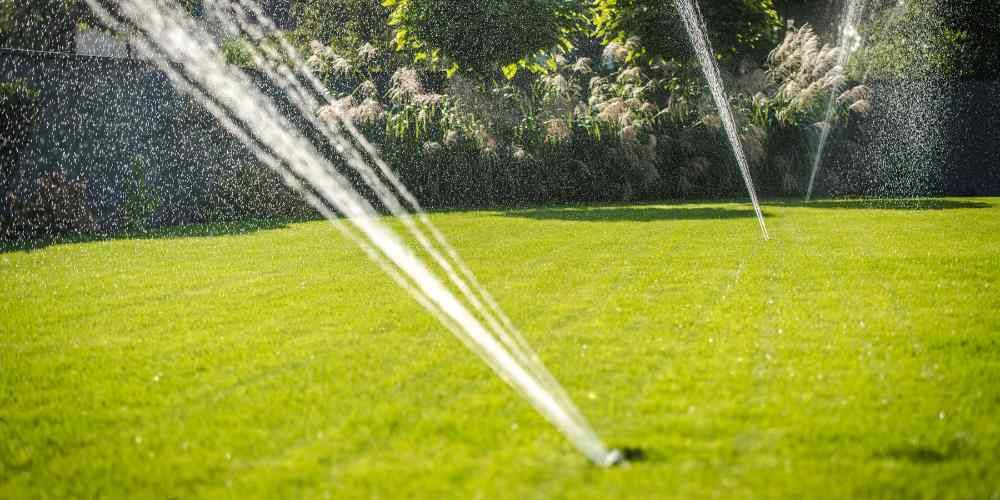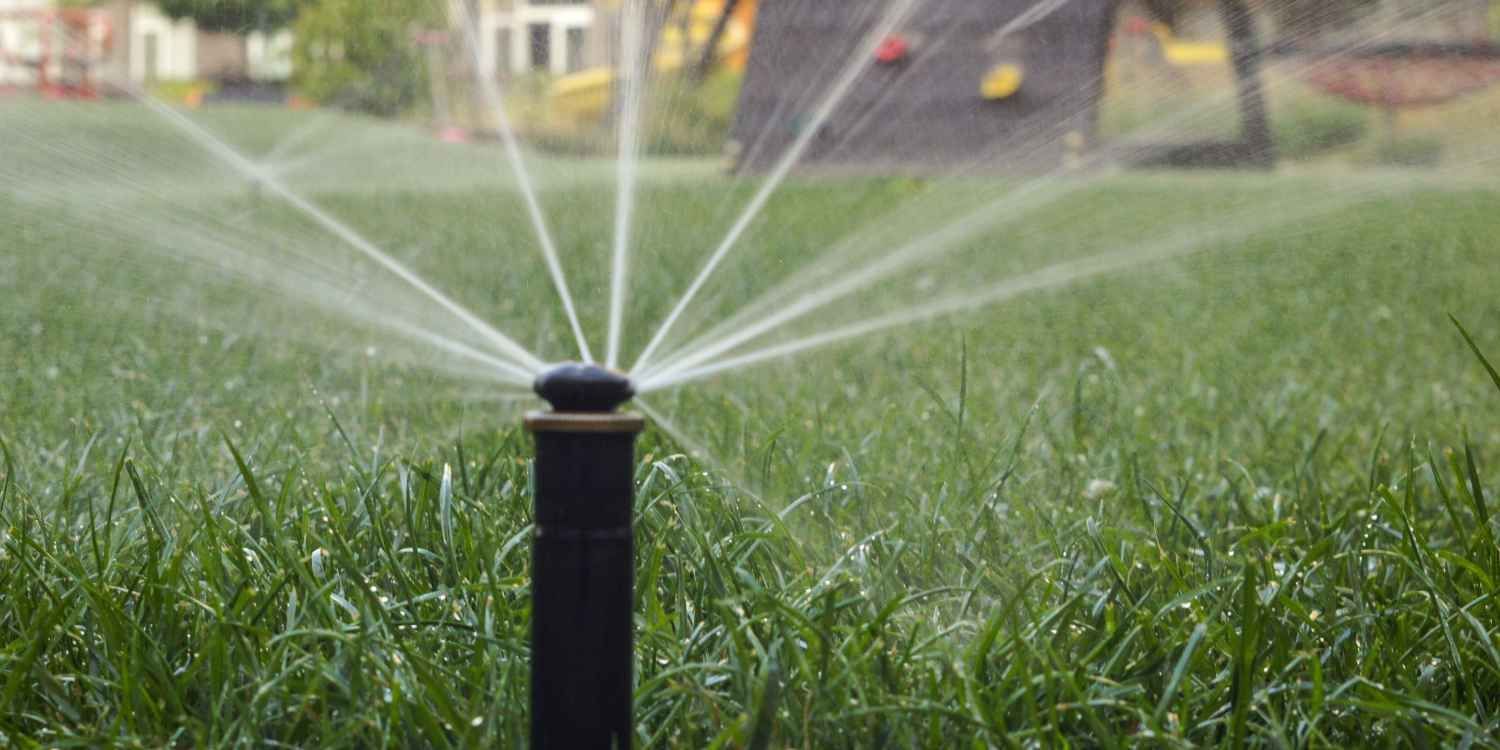How to Tell if a Plant is Dead: Signs, Causes, and Reviving Tips
Ever walked past one of your pots and thought, “Hmm… this doesn’t look good”? That’s when knowing how to tell if a plant is dead becomes important. Identifying struggling plants early gives you a chance to revive them before it’s too late.
In late summer heat, plants can become dry, sunburnt, or stressed, much like lawns, which is why summer lawn care tips are so important. If you do not fix this quickly, you may have more dying plants than you want. Think of it as giving your plants a regular health checkup. The sooner you act, the better the outcome.
Check for Signs of Life
To tell if a plant is dead, first look for green stems, new buds, or flexible branches. A wilted plant may look sad, but if the stem is bent and not broken, there is still hope.
When heat stress sets in, in late summer, many plants begin to sag. Don’t rush to declare it gone; inspect closely.
Dried, brittle stems usually mean the plant has given up. Soft, green stems show that the plant is still alive. "Check these small signs so you don't accidentally throw away a plant that just needs some care."
Inspect the Roots
When the tip of the plant fails to provide answers, then looking beneath the surface is the only option. Wide roots should be white or light tan, and they should be firm. In comparison, dead plant roots will tend to be black, mushy, or even smelly.
Sometimes, a dried-up plant can still have strong roots. With proper care, it can come back to life. And in case the roots are mostly dark with parts falling off, it is unlikely they will recover. The distinctive feature indicates that roots serve as the lifeline, and when they get damaged, the plant cannot revive.
Scratch Test Method
The scratch test is one sure and quick method on how to tell if a plant is dead. Scratch the bark or outer stem with a fingernail. In case you observe green wetting beneath, then the plant is not dead. Once it is brown and dry through and through, there is no salvaging.
It is important to note that certain plants go to sleep and appear dead, yet they are not. By the end of summer, most plants still show signs of life. This means a failed scratch test may be the time to say goodbye.
Common Reasons Plants Die
People often ask, "Why
is my plant dying?" There is no one particular answer, although there are a few suspects of the norm:
- Overwatering –
Soggy soil chokes roots and deprives them of oxygen, starting to decompose and killing the plant. Proper
drainage solutions can help prevent this.
- Underwatering –
Makes a dry plant unable to absorb enough moisture, which is the cause of drooping and crisp leaves.
- Pests – Stems, leaves, or roots are consumed by insects or larvae, which makes plants weak and susceptible.
- Nutrient Deficiency – The yellowing of leaves and stunted growth occur because poor soil renders plants starved of minerals.
- Seasonal Stress – An unexpected weather change or a heat wave will make healthy plants become dying plants within days.
Being aware of these causes can prevent future plants from dying. See our Softscape landscaping design guide for creating healthier outdoor spaces guide for creating healthier outdoor spaces.
Can You Revive a Dead Plant?
When the roots are hard and when the stems are green inside, you can give it a go.
Start by trimming away all dead leaves and stems. Water it enough to satisfy its thirst, but do not flood it. Use just the right amount. Then, move it to a spot with good light.
Should you be working with a dry plant, soak the root ball in water for 30 minutes and allow it to dry. In the case of a heat-caused wilted plant, slow rehydration is effective, as compared to a rush job. Fresh soil or light feeding can also enhance recovery.
Nevertheless, when the roots are watery or the stem is dry inside, then few prospects of moving back to life are possible. If the plant is too far gone, it’s better to replace it and focus your energy on maintaining healthier plants.
When to Remove and Replace
At times, letting go is necessary. Clearing dead plants from your garden helps protect it from pests and disease in the coming season. It also releases space to allow new growth and makes your garden look new.
Think of it like refreshing a room, removing the old to make way for new, vibrant growth. By planting late in the summer or early in the fall, you give new plants a head start for the next growing season.
Conclusion
Knowing how to tell if a plant is dead is a useful gardening skill. It saves time and effort. It also helps you take care of your green space.
You can check for signs of life by looking at the roots and doing a scratch test. These steps help you decide if you should care for your plant or move on. And keep in mind that each wilted plant or withered plant teaches you something about attention, habitat, and delay.
So, take a stroll around your garden today. Look closely, examine those stems and roots, and decide who stays and who goes. Your future self and your healthier plants will thank you.
Want professional advice for your garden? Contact LandTech Scenery, trusted California landscapers with 18+ years of experience in landscape services.
